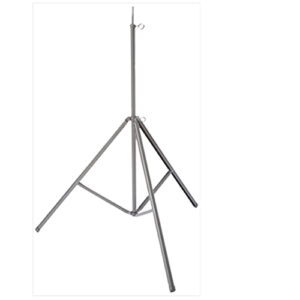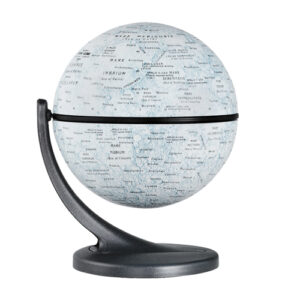- Each chart designed by expert in a scientific way, printed in natural color, size 70 x 100 cm.
- Printed on paper, laminated in English and Hindi combined.
| Part No. | Type | Size (cm) |
| 9850-A | WEATHER MAP SYMBOLES | 70 x 100 |
| 9850-B | SURVEYING | 70 x 100 |
| 9850-C | CONVENTIONAL SIGNS | 70 x 100 |
| 9850-D | MAP PROJECTIONS | 70 x 100 |
Practical geography involves hands-on activities and fieldwork to study geographical concepts. Its uses in short form include:
- Field Observation:
- Conduct on-site observations to understand and analyze real-world geographic features and phenomena.
- Map Reading and Navigation:
- Develop skills in reading and using maps for navigation and spatial orientation.
- Data Collection:
- Collect firsthand data through surveys, interviews, and measurements for geographical research.
- Environmental Studies:
- Explore and analyze the physical environment, ecosystems, and human impacts on the landscape.
- Land Use Planning:
- Assess and plan land use based on field observations and geographical factors.
- Urban Studies:
- Investigate urban environments, infrastructure, and spatial patterns through fieldwork.
- Geospatial Technologies:
- Apply technologies like GPS and GIS for mapping and spatial analysis in the field.
- Cultural Studies:
- Study cultural landscapes, traditions, and human settlements through direct observation.
- Natural Resource Management:
- Evaluate and manage natural resources by studying their conditions in the field.
- Weather and Climate Observations:
- Monitor and record weather conditions and climate patterns at specific locations.
- Disaster Management:
- Assess vulnerabilities and plan for disaster response through on-site evaluations.
- Outdoor Education:
- Engage in experiential learning activities that foster a deeper understanding of geography.





